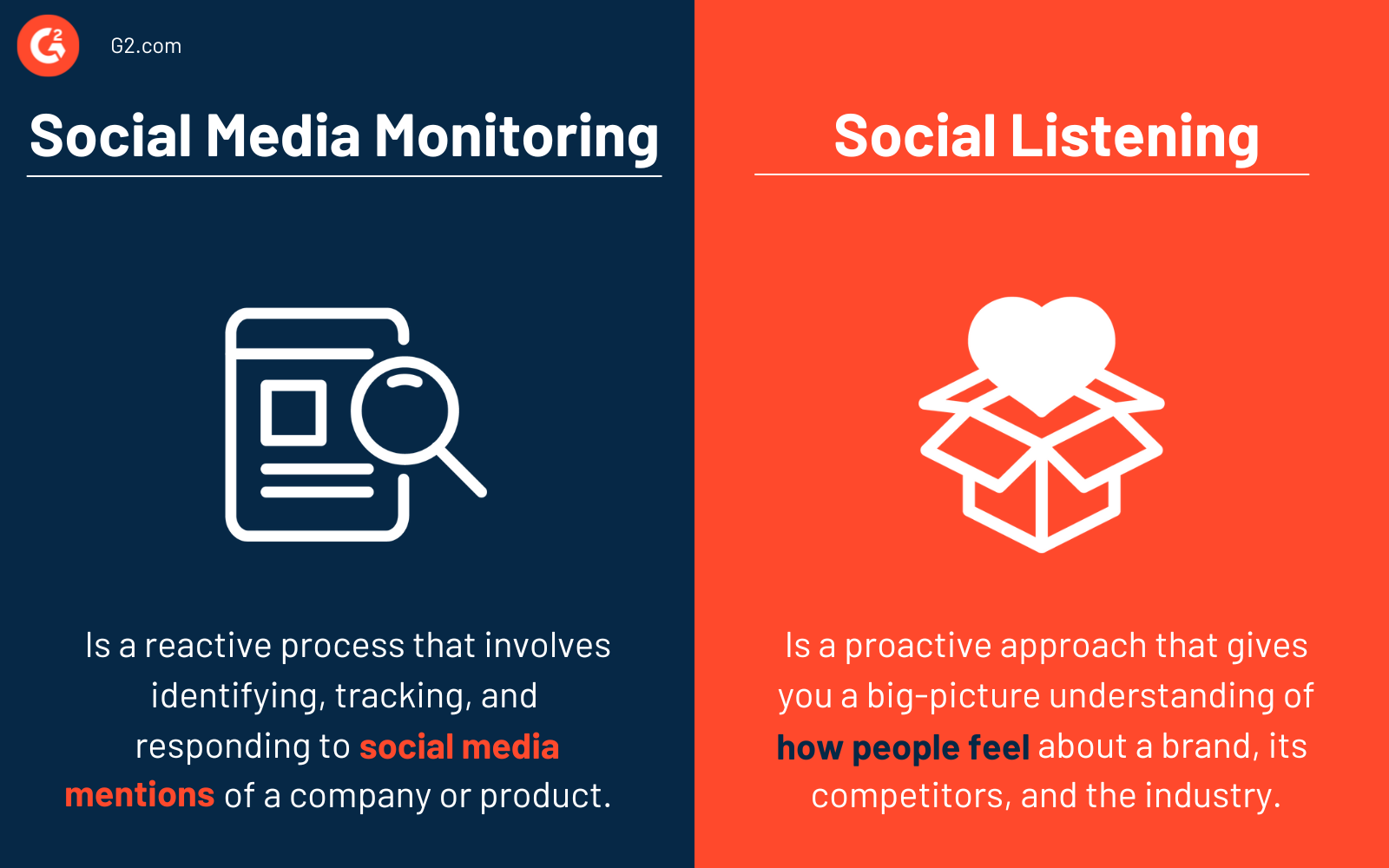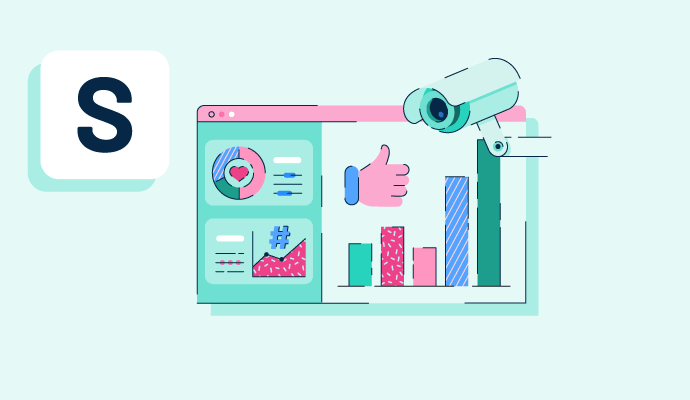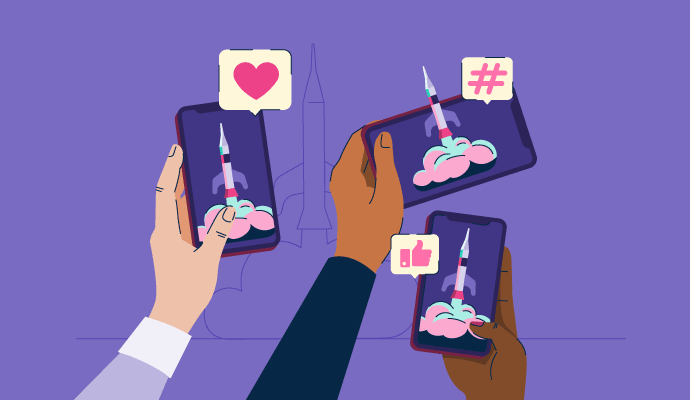What is social media monitoring?
Social media monitoring is the process of tracking and analyzing social media conversations, mentions, and interactions about a brand, product, or service. It involves using software to gather audience insights and sentiment.
Social media monitoring extends beyond tracking popular social networking sites. The practice involves monitoring other sites where online conversations involving a brand or any product occur, including forums and the comments sections of blogs and news outlets.
While companies can conduct social media monitoring manually, most use social media monitoring tools to create efficiency at scale. These tools automatically scan and extract insights from millions of web conversations. This helps customer support and social media teams understand user perspectives and respond to issues.
Basic elements of social media monitoring
A wide range of social media monitoring products exist, from free tools with basic capabilities to high-end ones that offer comprehensive functionalities. Some of the most common features of all social media monitoring tools include:
- Keyword and hashtag tracking lets companies monitor specific keywords, hashtags, and mentions across websites and platforms.
- Sentiment analysis shows the feelings behind social media mentions, indicating whether they are positive, negative, or neutral.
- Audience analysis collects and organizes information like basic demographics, language, and geolocation so companies understand which segments interact with them online.
- Real-time monitoring provides brands with real-time notifications and updates to respond quickly and effectively.
- Reporting and analytics allow brands to identify trends and patterns, share reports, and visualize data.
-
Influencer identification points companies toward users with high follower counts and engagement levels who mention the brand. This feature helps identify potential brand advocates and opportunities for collaboration and user-generated content.
Benefits of social media monitoring
Social media monitoring helps organizations manage their online reputation. Some specific advantages include:
- Enhancing brand perception: Social media monitoring helps companies keep up with the general tone of conversations about a brand. Companies can quickly spot negative discussions, allowing them to mitigate the situation and prevent churn. When positive sentiment arises, companies can interact with customers and share these messages to promote the brand.
- Better customer support. Social media has become another way for customers to seek help when product or service issues arise. They post on social network platforms and tag the company’s official account. Spotting and quickly responding to these issues leads to faster response and resolution times and prevents small problems from reaching crisis levels.
- Strengthen customer relationships. Social media monitoring uncovers opportunities for companies to engage in dialogue with customers. This makes the brand feel more personable and approachable, leading to improved relationships and potentially more brand loyalty.
Social media monitoring best practices
Social media monitoring can improve a brand’s reputation and create satisfied customers. Following social media monitoring best practices helps a company see better results.
- Choose the right tool: A company should consider its goals and budget before shopping for a social media monitoring tool. Most platforms offer a free trial so companies can try the service for free. Companies should look for their desired functionalities in an easy-to-use interface.
- Identify keywords: Organizations must enter keywords so the social media monitoring tool knows what to crawl the internet for. Teams should brainstorm keywords that include the brand’s names, products, or slogans. Companies should also input keywords and hashtags with common misspellings for best results.
- Respond to customers: It’s not enough to track social mentions. Social media monitoring software allows brands to respond personally to customers. Responding to customer comments in a way that shows empathy for their needs and knowledge of their interests helps create satisfaction, delight, and brand loyalty.
- Analyze and optimize: Organizations should fully utilize the software’s built-in reporting and analytics features. This helps teams measure and improve their communications, social media, or customer support strategy.
Social media monitoring vs. social listening
Social media monitoring and social listening are often used interchangeably, but they have clear differences.

Social media monitoring involves identifying, tracking, and responding to social media mentions of a company or product. It’s a reactive process. Customers have formed an opinion that they want to share with others. Monitoring these comments allows the brand to respond to improve customer satisfaction and audience perception.
Social listening takes a more proactive approach. It gives you a big-picture understanding of how people feel about a brand, its competitors, and the industry landscape as a whole. Analyzing social listening insights informs a company’s brand, product, and marketing strategies.
Social media monitoring and social listening work hand-in-hand. Learn more about the benefits of social listening.

Kelly Fiorini
Kelly Fiorini is a freelance writer for G2. After ten years as a teacher, Kelly now creates content for mostly B2B SaaS clients. In her free time, she’s usually reading, spilling coffee, walking her dogs, and trying to keep her plants alive. Kelly received her Bachelor of Arts in English from the University of Notre Dame and her Master of Arts in Teaching from the University of Louisville.

